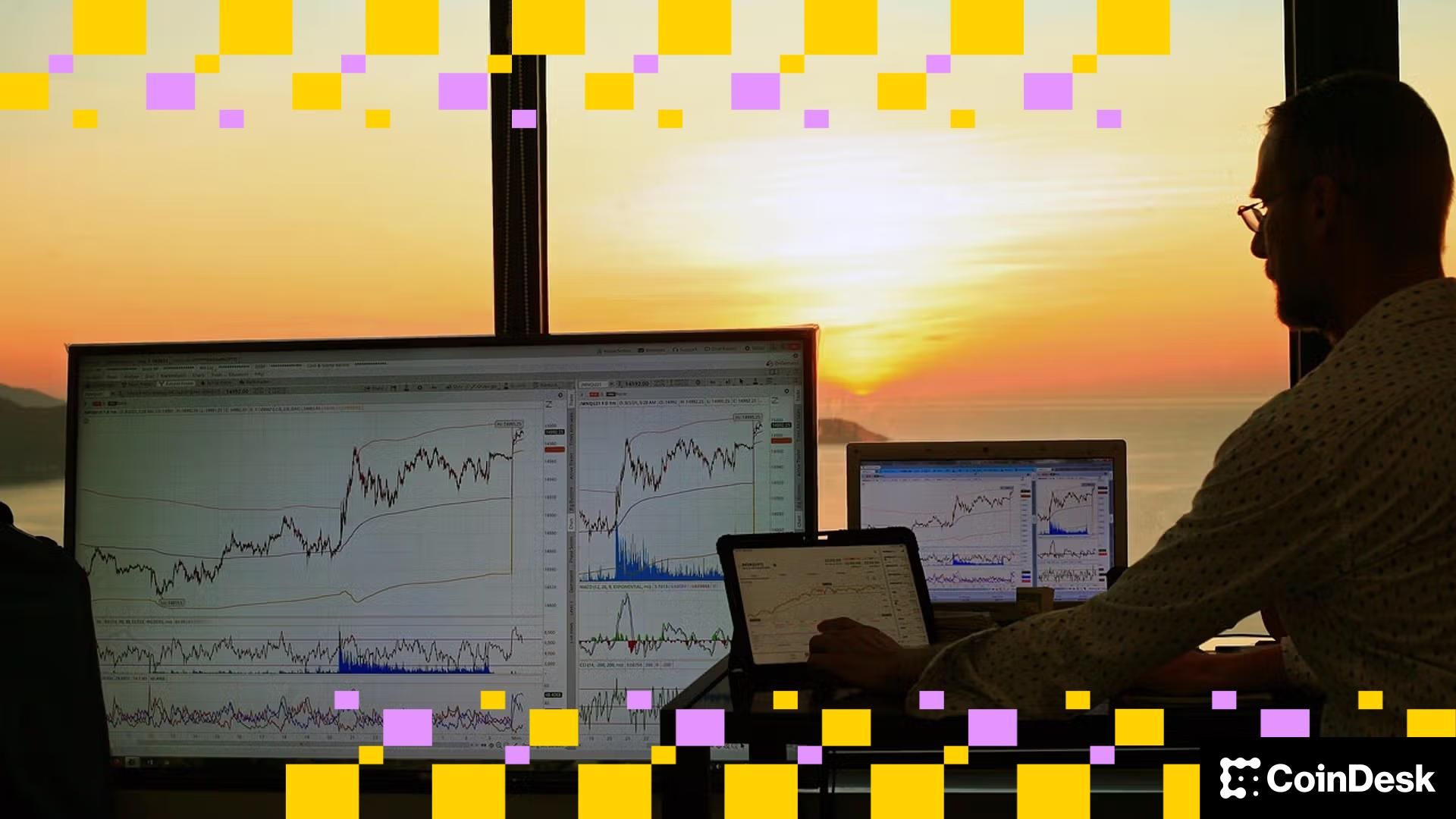
Polymarket, one of many largest blockchain-based prediction markets, might have had its buying and selling exercise considerably inflated by a apply generally known as wash buying and selling, based on new analysis from Columbia College.
In a paper revealed Thursday analyzing greater than two years of onchain knowledge, the researchers estimate that just about 25% of the platform’s historic quantity concerned customers quickly shopping for and promoting contracts — typically to themselves or with colluding accounts — to inflate exercise metrics with out altering their web market place.
Wash buying and selling is prohibited in conventional monetary markets and usually frowned upon in crypto, although it stays widespread, particularly the place identities may be hidden.
The examine’s findings counsel the amount of pretend trades peaked at practically 60% of weekly quantity in December 2024 and has remained an ongoing difficulty via October 2025. Sports activities and election markets had been probably the most affected. In some weeks, over 90% of trades in these classes appeared inauthentic.
The researchers stated they developed a novel algorithm to detect wash buying and selling primarily based on pockets conduct, specializing in how typically customers open after which rapidly shut positions, particularly when buying and selling primarily with different wallets that exhibit the identical patterns.
The researchers stated this technique allowed them to determine not simply easy back-and-forth trades, but additionally complicated networks of wallets forming buying and selling loops or clusters, some involving tens of 1000’s of accounts. One recognized cluster of over 43,000 wallets was accountable for practically $1 million in buying and selling quantity, largely at costs below a penny, with practically all of it flagged as possible wash buying and selling.
In some circumstances, merchants appeared to cross contracts via dozens of wallets in fast succession, generally even holding shedding positions to present the looks of reputable trades. The examine additionally discovered proof of customers reusing capital by transferring USDC throughout a number of wallets, additional suggesting coordinated efforts. Regardless of these actions, the paper notes that lots of the suspected wash buying and selling wallets made no actual earnings, highlighting that the objective might have been to recreation future incentives like token airdrops or platform rankings, quite than monetary return.
Polymarket, which permits customers to wager on binary outcomes utilizing the USDC stablecoin, doesn’t require id verification and expenses no buying and selling charges, options the researchers argue might make it particularly weak to scrub buying and selling. The examine additionally factors to hypothesis over a possible future token as a attainable incentive for quantity manipulation.
Polymarket has beforehand been accused of manipulation, significantly round politically delicate markets just like the U.S. presidential election. However not everybody buys the narrative. Harry Crane, a statistics professor at Rutgers, has argued that issues about manipulation could also be overblown, and even politically motivated.
“I imagine the narrative about manipulation is an try by legacy media to discredit these markets, which threatens their skill to regulate the narrative,” he instructed CoinDesk final 12 months.
Nonetheless, the Columbia crew argues that inflated quantity can distort customers’ perceptions of market sentiment. They suggest utilizing network-based algorithms to flag suspicious buying and selling patterns and restore belief in these rising monetary instruments.
Polymarket didn’t return a request for remark by press time. The corporate is in the midst of a proper return to the U.S., after beforehand settling expenses with U.S. regulators. As a part of this course of, the corporate will difficulty a token, its chief advertising and marketing officer stated final month. On the similar time, Polymarket is reportedly trying to elevate funds at an up-to-$15 billion valuation.




